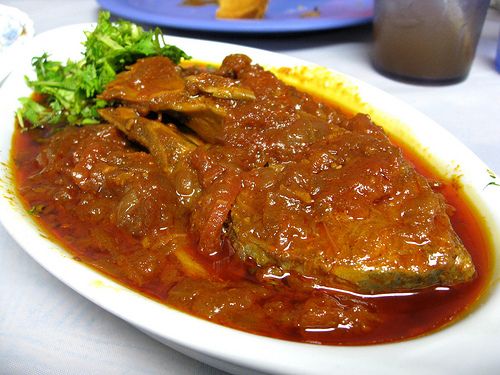Introduction: Myanmar cuisine and seafood
Myanmar’s cuisine is a reflection of its diverse culture and geography. The country’s location along the Bay of Bengal and the Andaman Sea gives its cuisine a strong emphasis on fish and seafood. The use of aromatic spices, herbs, and fresh ingredients is typical of Myanmar cooking, making it a unique blend of flavors and textures.
Fish and seafood in Myanmar’s traditional diet
Fish and seafood have been an essential part of Myanmar’s traditional diet for centuries. The country’s rivers and coastlines provide an abundance of fish and seafood, which are used in various dishes. The most commonly used seafood in Myanmar’s traditional diet includes shrimp, fish, crabs, and squid.
Top seafood dishes in Myanmar
One of the most popular seafood dishes in Myanmar is Mohinga, a fish soup made with rice noodles, lemongrass, garlic, and fish broth. Another favorite is Ngapi yay, a fermented fish paste that is used as a condiment or seasoning in many dishes. Other popular seafood dishes in Myanmar include Htamin chin, a rice and fish salad, and Balachaung, a spicy condiment made with dried shrimp.
The role of seafood in Myanmar’s economy
Seafood plays a vital role in Myanmar’s economy. The country is one of the largest exporters of seafood in Southeast Asia, making up a significant portion of its total exports. The fishing industry provides employment and income opportunities for many people in the country.
Regional variations in seafood dishes
Myanmar’s regional variations in seafood dishes are vast. The coastal regions of Rakhine and Tanintharyi are famous for their seafood specialties, including fish curry, grilled fish, and seafood soups. Inland regions also have their unique seafood dishes, such as Shan-style fish dishes and Inle Lake fish dishes.
Conclusion: Myanmar’s rich seafood culture
Myanmar’s rich seafood culture is a testament to its geography and diverse culinary traditions. The country’s cuisine is heavily influenced by its use of aromatic spices, fresh ingredients, and seafood. From the traditional dishes to the modern ones, seafood continues to play a vital role in Myanmar’s cuisine and economy.

